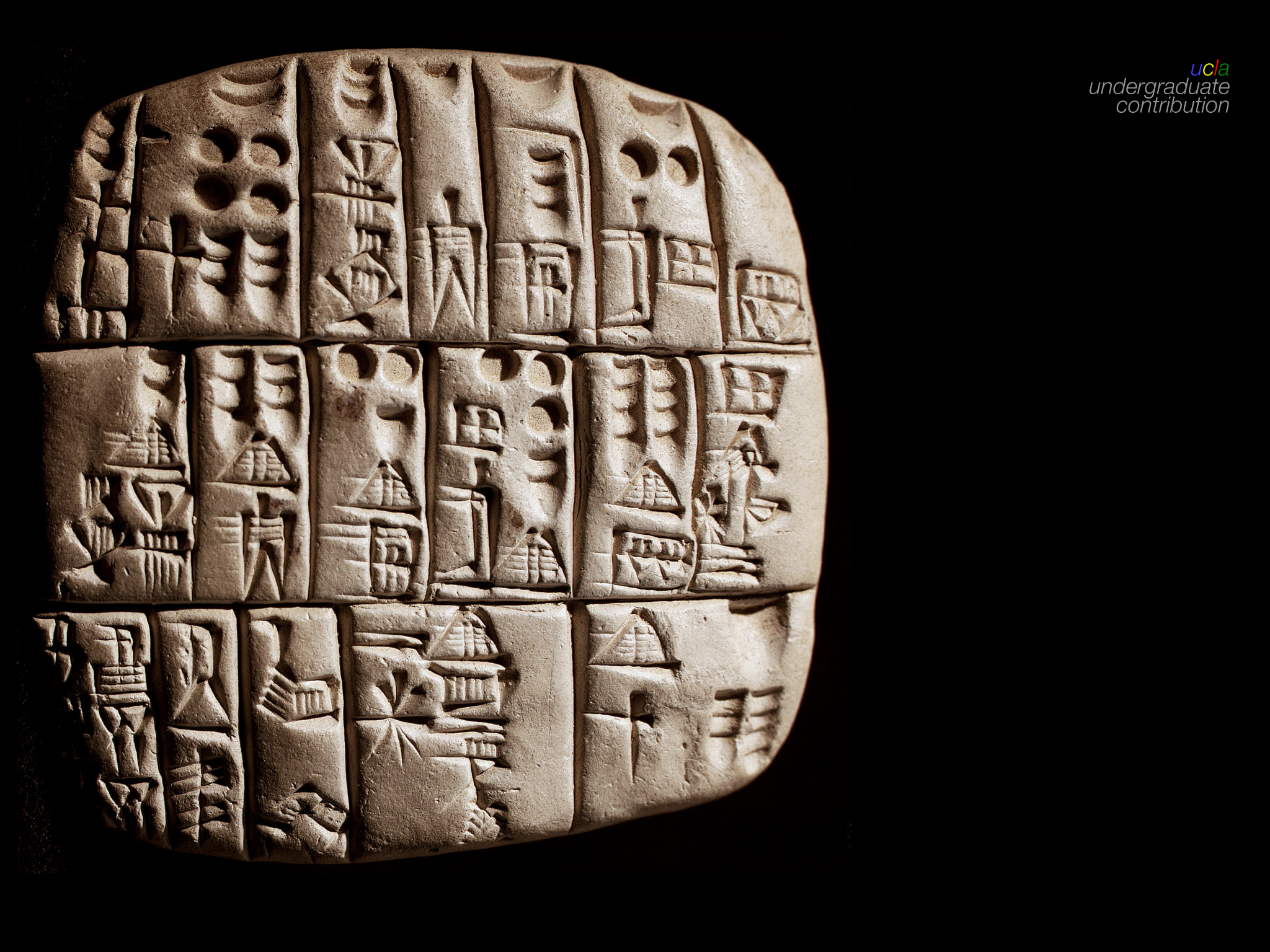CDLI tablet

Animals in Mesopotamia: 1 (2024-05-07)
Created by: Englund, Robert K.
Cuneiform clay tablet from ancient Girsu, southern Iraq (ca. 2400 BC) recording the inspection of goats and sheep, as well as the hides of the animals that had been slaughtered
This cuneiform clay tablet tracks the management of sheep and goats in ancient Girsu (Telloh in modern day Iraq). During this time, a farmer needed to keep track of his livestock. Many farmers were required to pay a tax to their landlords, providing them with a percentage of the cattle and ovi-caprids they raised, sold, and slaughtered. Having a detailed, written account of all transactions, and knowing specific numbers of livestock, were crucial to farmers in ancient Mesopotamia. This clay tablet recorded in detail the exact number of livestock that this particular farmer has is historically important as it allows us to know the approximate amount of animals each farmer has but also shows us the value of these animals. Agriculture and animal husbandry were the foundation of ancient Mesopotamia, tablets like these allow us to know the value of such animals as they were noted on these tablets. CDLI entry: P220898
credit: Lestrud, Janna

